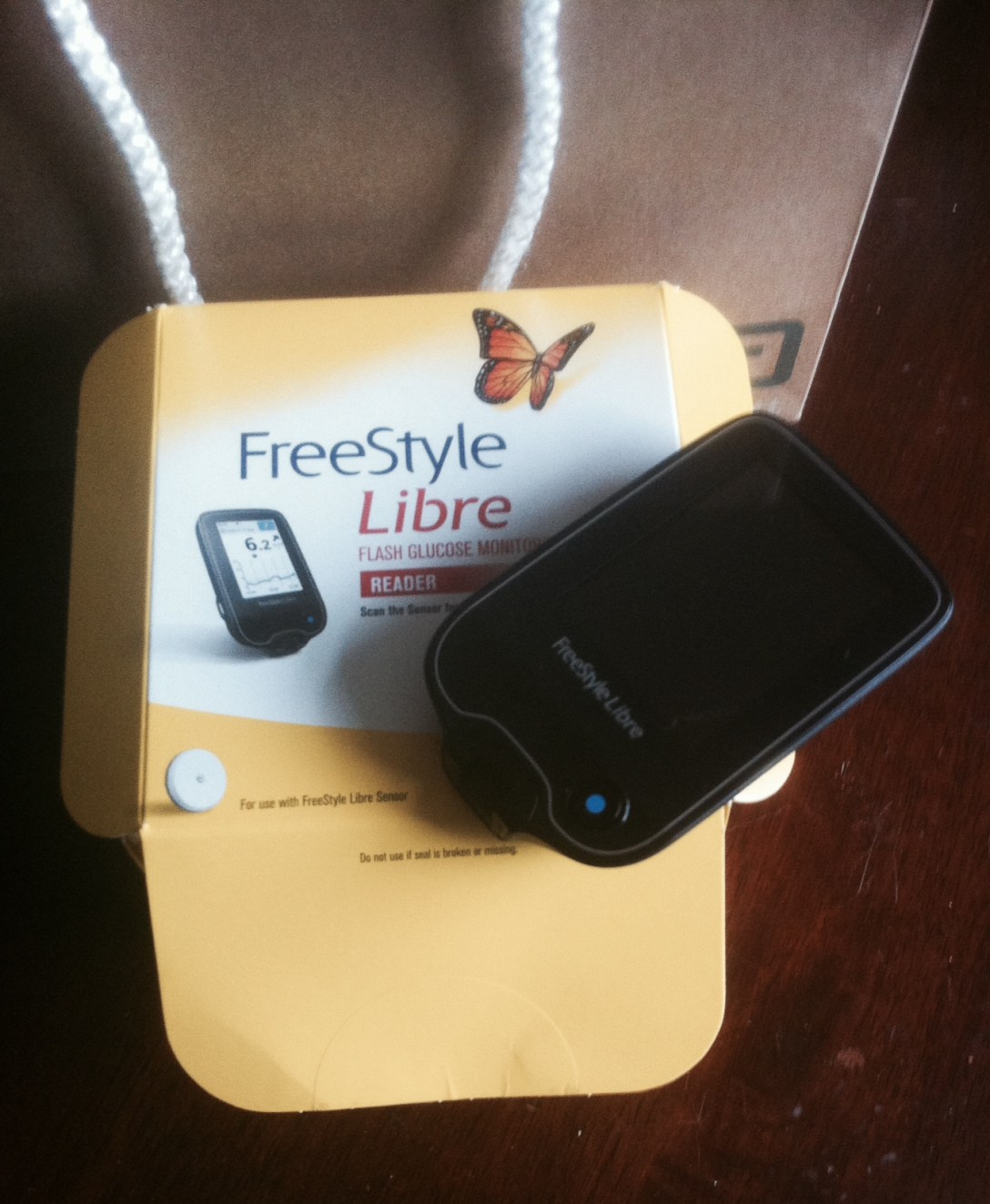
This story from Diabetes in Control Disasters Averted series describes why it is a good idea to check a finger prick sample of blood if there is a discrepancy between your recorded results and how you feel.
EHS_AD(“t”, “l”, “300×250”);
–>
Patient states her alarm had gone off, but she did not hear it. She performed a fingerstick because she didn’t feel like she was low. It was 149. (UK 8.2) (See report.) The CGM recalibrated. She did not treat because she did not need to.
She was always taught to check a fingerstick before treating. She was glad she was taught that. Had she not checked she may have had to deal with a high glucose level later.
Lessons Learned:
- Technology helps, but it needs human input.
- CGM’s accuracy may have proved to be accurate enough to treat from, but experience tells us each person responds differently, and accuracy can vary from person to person.
- If symptoms don’t match readings, perform a fingerstick.
- My recommendation is to continue to perform a fingerstick before treating, even though some say one does not have to.


Naturally, they measure different things but yes I never put any glucose in until I double check. There are several reasons for the difference. Of course, as I said they measure different things and the CGM is lagging indicator. So low / high is a relative measure. Electronics (thermostats, car sensors etc) all have significant issues out of normal range. Being normal is relative. But most likely cause in this case (assuming the sensor is in its original insertion / calibration time) is that neither is accurate. Most blood glucose meters can run + or – 20% off the actual. A GGM can be + or – by about 20% if those two 20%’s overlap, then it is unfortunate but that usually tell the story.
Yeah, i know it makes me angry when mine are off as well. Grrrrr
LikeLiked by 1 person